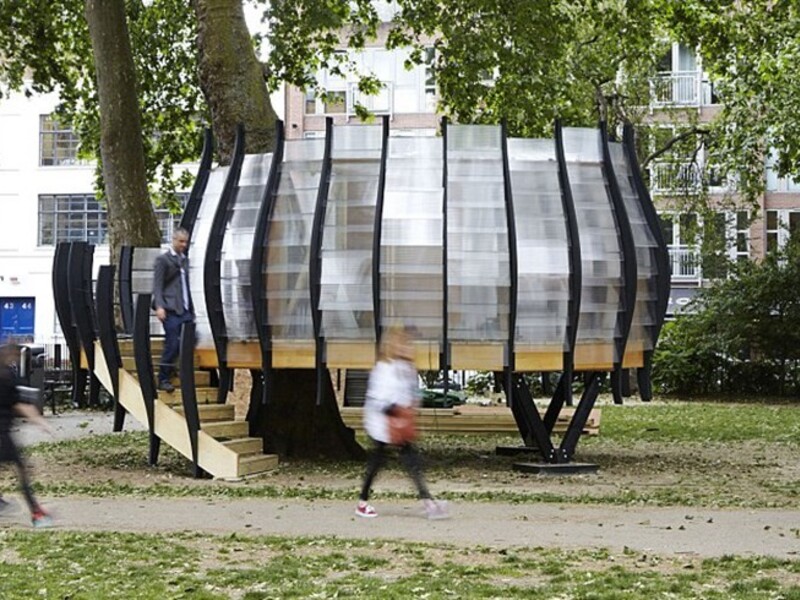
Article posted by
Cities of the future may well be home to many pop up workplaces, offering a way of tackling the challenges of overcrowding and population growth. There will be an increase in the amount of people working in an increasingly diverse job climate, so offices must reflect that.
The opportunity to create adaptable and flexible buildings has arisen due to emerging technologies, such as click-raft. This is an advanced building system that award-winning, Wellington based architect, Chris Moller has spent a decade developing. This new building system optimises the benefits of CNC technology, a fabrication delivery system that has overtaken traditional building methods. Although the adoption of CNC (Computer Numerical Control) has been slow within the construction industry, the rise of pop-up offices shows how far the technology has come. Essentially, click-raft uses a prefabricated structure that ‘clicks’ together with a plywood framework, comprising of roofs, floors and walls. So, there’s no need for fasteners and nails, ensuring for a more efficient building journey.
With the greater need for efficiency and productivity, modular designs allow companies to easily accommodate employees, according to the changing needs of the team and the specific projects. Also, pop up offices allow businesses to connect their employees to the outside world and with natural light. According to a survey conducted by UK-based YouGov Omnibus, 30% feel they are more productive when working remotely. In addition, there is research to suggest that being surrounded by nature can help improve people’s work ethic. A Human Spaces Global Report found that workplaces that integrate natural elements are 6% more productive. So, a flexible and more natural work environment has the potential to ensure a better work flow and promote collaborative thinking.
A notable pop up office is London’s TREExOFFICE, a transparent-like dome structure located in Hoxton Square. It’s a temporary office space wrapped around a tree, anchored to the ground by stilts, and it’s made from timber and compressed paper. CNC cut materials were used to create the project, which was designed by Tate Harmer, a London architectural studio. Also, in 2016 the Outbox office in Maryland, US was unveiled and it has reopened this year for the summer. It’s free and open to the public, designed with the intention of ensuring that people can foster their creativity in an outdoor environment. It was created by architects at the Montgomery College.
Pop-up work spaces are popping up all over the globe. It’s a cost-effective alternative to a traditional office. Pop-up offices are the answer to the growing movement to working outdoors, in the landscape of the city. New Zealand can expect to see an upsurge in pop up offices in the future, as designers and architects are rethinking workspace design, to find new ways to enjoy sustainable, flexible working environments.
We’re here if you need help defining a role or brief, specialist insight to help shape your ideas or expert help with your recruitment process. Just get in touch to arrange a conversation with one of the team or if you’re ready for us to find the perfect person for you, send us your brief.
If you’re looking for your ideal job send your CV to us to get started or search for the latest job vacancies and we’ll get the ball rolling.
Image sources:
Image 2: http://architecturenow.co.nz/articles/cnc-the-new-approach-to-building/
Image 3: https://www.groundwork.org.uk/Sites/london/pages/tree-office/